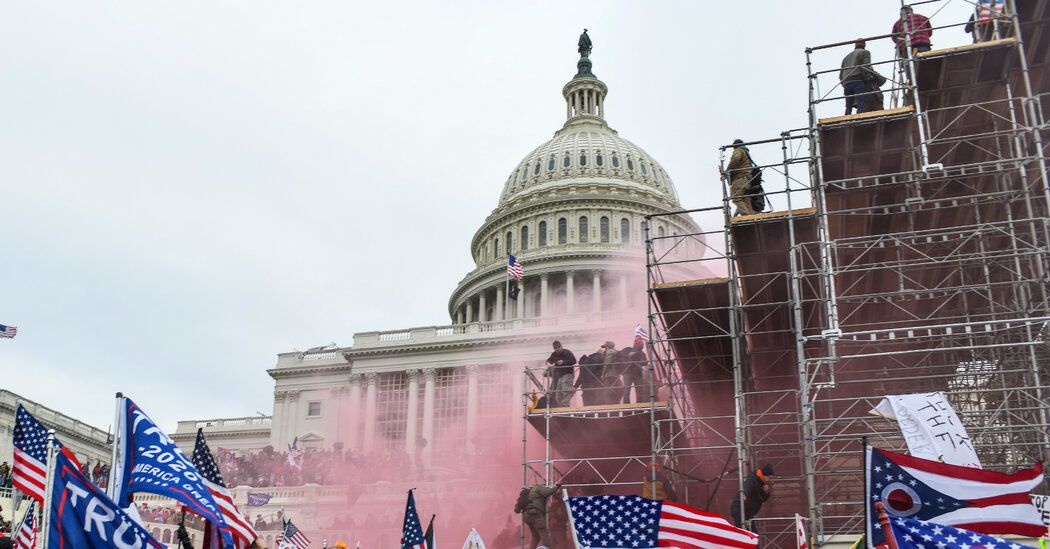Senate Report Details Jan. 6 Intelligence and Law Enforcement Failures
Jill Sanborn, the former assistant director of the F.B.I.’s counterterrorism division, testified: “None of us had any intelligence that suggested individuals were going to storm and breach the Capitol.”
The performance of the Department of Homeland Security’s Office of Intelligence and Analysis was also criticized. The report found that the agency, on Jan. 2, discovered that individuals were sharing a map of the Capitol online. One employee messaged another, saying, “feel like people are actually going to try and hurt politicians.”
But agency analysts appeared not to take such threats seriously, even as it became clear that the violence being warned about was materializing. At 2:58 p.m. on Jan. 6, after the police had declared a riot and the Capitol had been locked down, analysts internally noted online chatter that “called for more violent actions,” but added that “at this time no credible information to pass on has been established.”
A representative for the F.B.I. said that it had been working with law enforcement agencies, including the Capitol Police, in the lead-up to and on the day of Jan. 6: “We also set up command posts and had tactical assets ready to deploy should our partners request such assistance.”
The agency added that after the attack it increased its focus on “swift information sharing” with law enforcement partners, and that it also “made improvements to assist investigators and analysts in all of our field offices throughout the investigative process.”
A representative for the Department of Homeland Security said the agency “has strengthened intelligence analysis, information sharing and operational preparedness to help prevent acts of violence and keep our communities safe” since the attack.
The report was not the first to analyze serious security failures during and before the Jan. 6 attack on the Capitol. A bipartisan group of senators, including Mr. Peters, released a report in June 2021 that outlined large-scale failures.
Source: The New York Times


